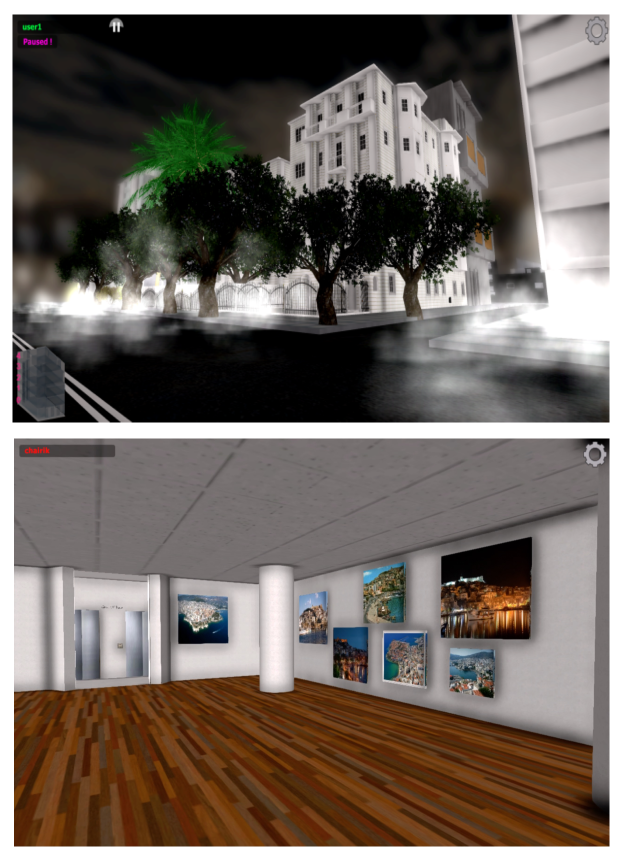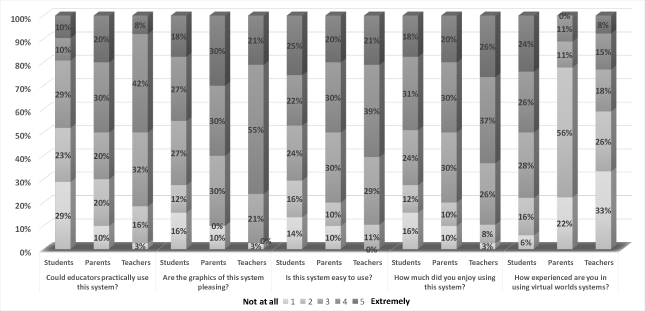.DynaMus.
A Fully Dynamic 3D Virtual Museum Framework.

Web Player Html 5 MacOS Windows RC Athena, Multimedia Research Group
C. Kiourt, A. Koutsoudis, G. Pavlidis, (2016), DynaMus: A Fully-Dynamic 3D Virtual Museum Framework, Journal of Cultural Heritage, Vol.22, pp.984-991.Your opinion matters to us!
DynaMus
An innovative fully dynamic Web-based virtual museum framework that relies entirely on users’ creativity and on the exploitation of the rich content in distributed Web resources. DynaMus is able to connect to popular repositories, such as Europeana and Google, and retrieve content that can be used in creating virtual exhibitions. It exploits modern Web technologies such as open linked data in an attempt to move towards the semantic Web by exploiting the abundance in data availability. DynaMus provides a complete authoring interface, in which anyone can easily create customised virtual exhibitions, while guaranteeing an engaging experience by relying on modern game engine technologies. The concept easily connects to educational settings as has been illustrated by case studies, one of which is presented in this paper.
Gamification
Gaming for educational purposes is a significant and active research domain. This has taken either the form of game-based learning or serious gaming. As shown in next Figure, gamification in this sense is the result of serious games based on learning, the content and game design.

The importance of playing has been emphasized in many studies from various domains. According to Brown and C. Vaughan (2010), playing is an archetypical activity that arises from primordial biological structures existing before the conscience or the capacity for speech; it is not something a person decides to do. According to S. Nicholson,(2011-2012), gamification is nothing more than the use of specific game design approaches and techniques in various environments, in order to attract people in problem solving and to enhance their contribution.

The ‘Synthesis Museum’
In order to objectively evaluate the performance of DynaMus, we conducted a number of case studies by implementing various virtual exhibitions in different settings and frameworks (high school, science festivals and technology fairs). We present here a specific case study, which involved the generation of the ’Synthesis Museum’, a virtual museum that was created for the purposes of the ’Synthesis’ Greek National Funded R&D project.
The Synthesis project attempted to bridge culture and education through technology and to provide means for tutors to enhance their everyday teaching with alternative approaches that derive and reuse cultural content as an integral part of their courses. The specific virtual museum consisted of artworks (mainly paintings) of Spyros Papaloukas, an esteemed early 20th century Greek painter. To meet the required specifications of the case study, a digital replica (3D model) of the Theocharakis Foundation for the Fine Arts and Music building was created to host all the exhibitions. Screenshots of both the interior and the exterior of the 3D model are depicted in the Figure in right. Apparently, in this case we have created the virtual world that would host the exhibitions and the outcome was separately given to users for use and evaluation.
DynaMus Evaluation
Questionnaire
References
S. Nicholson,(2011), “Making the Gameplay Matter: Designing Modern Educational Tabletop Games,” Knowledge QuesT, vol. 40, no. 1, pp. 60-65.
S. Nicholson,(2012), “Strategies for meaningful gamification: Concepts behind transformative play and participatory museums,” in Presented at Meaningful Play 2012, Lansing, Michigan.


 Desc.
Desc. Fig. A
Fig. A Fig. B
Fig. B